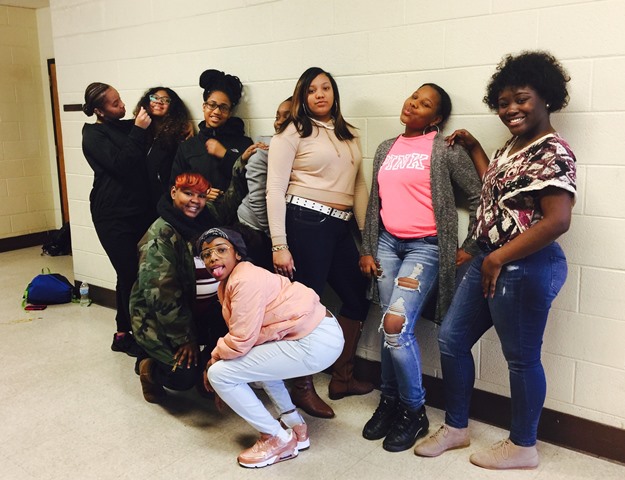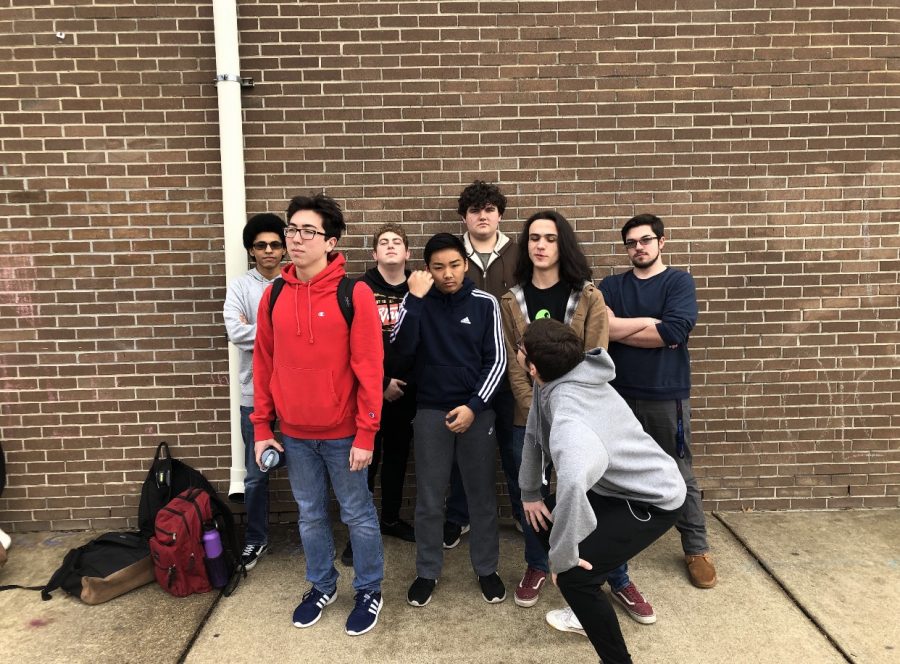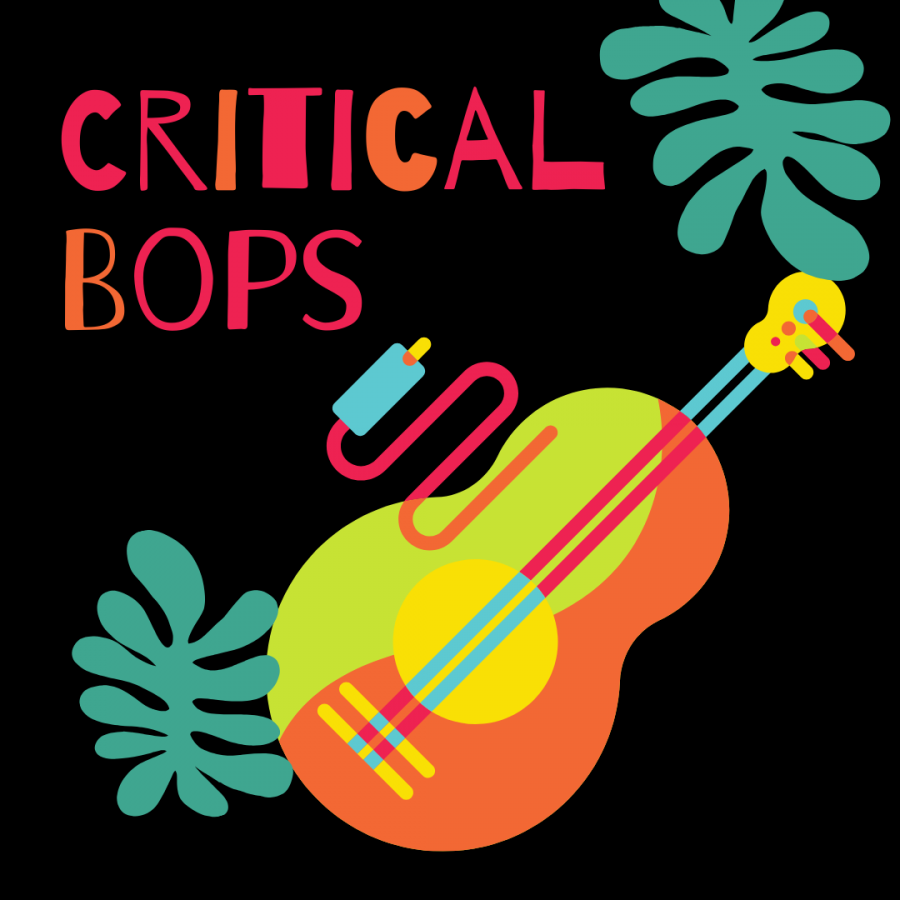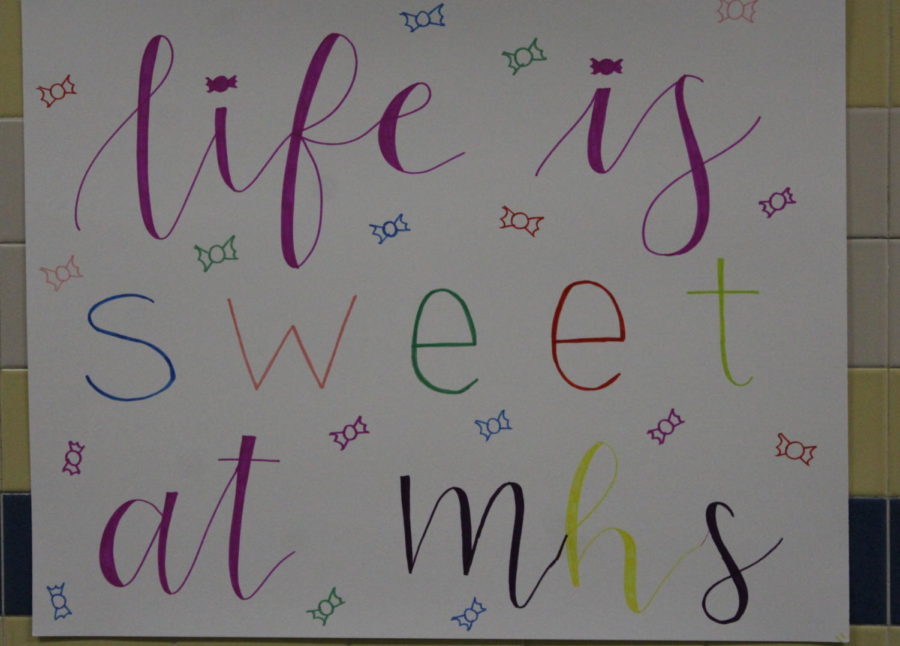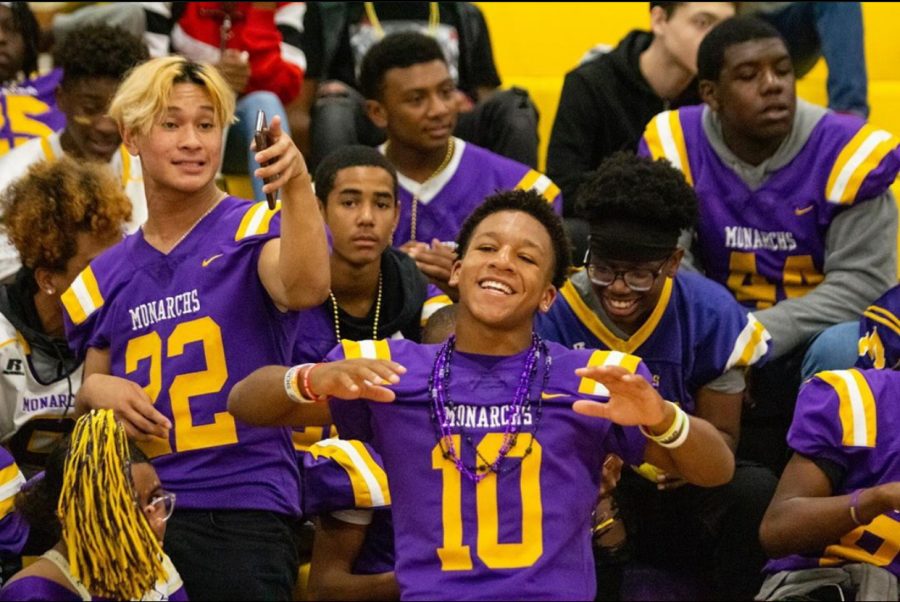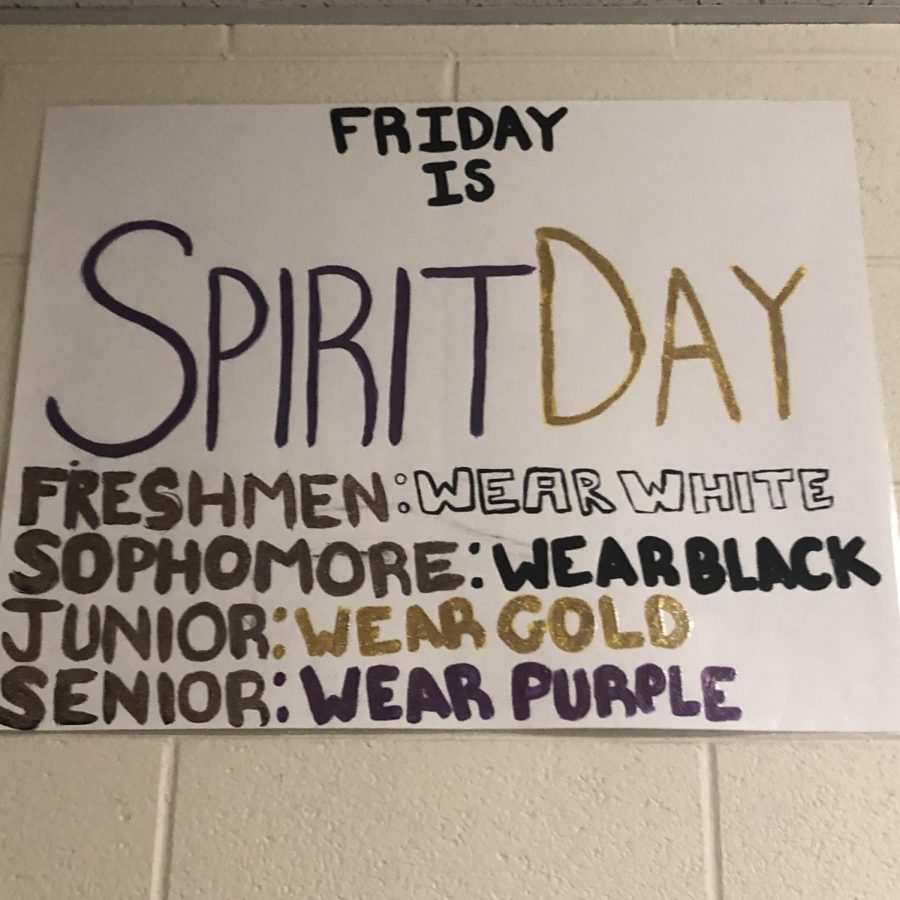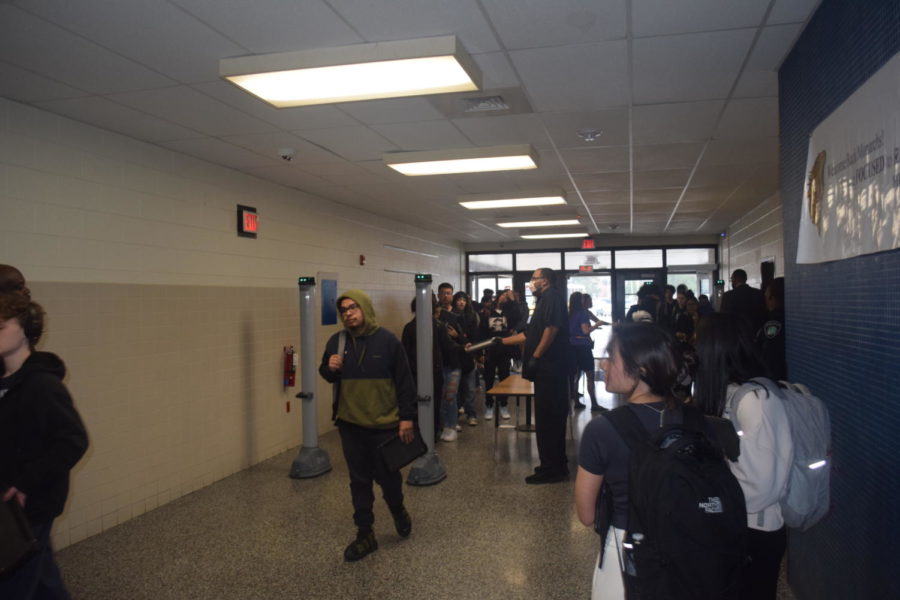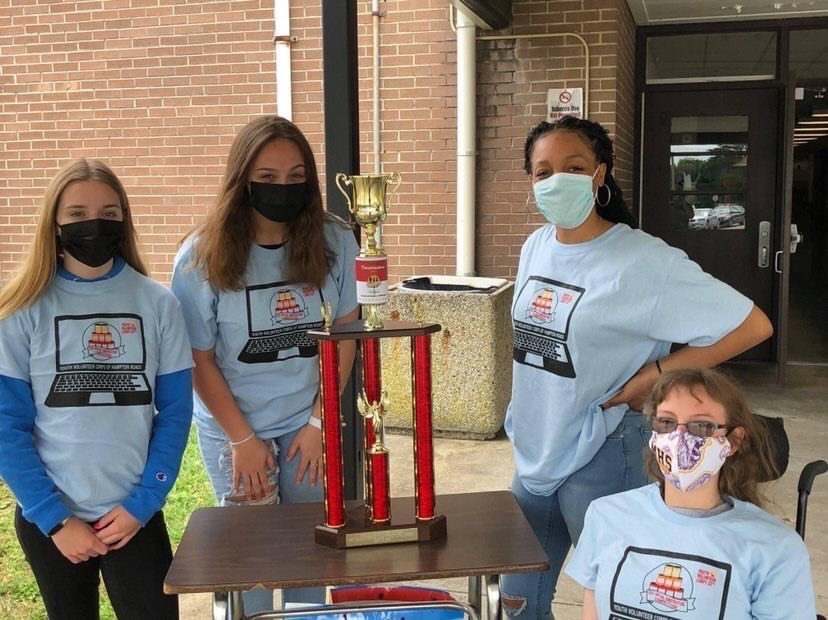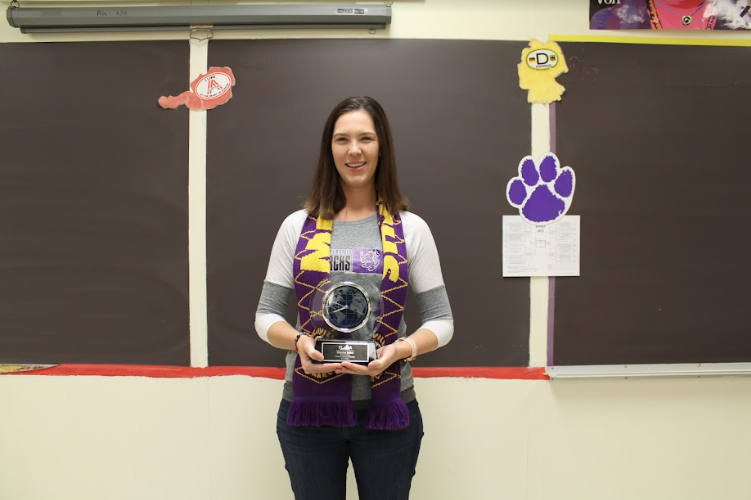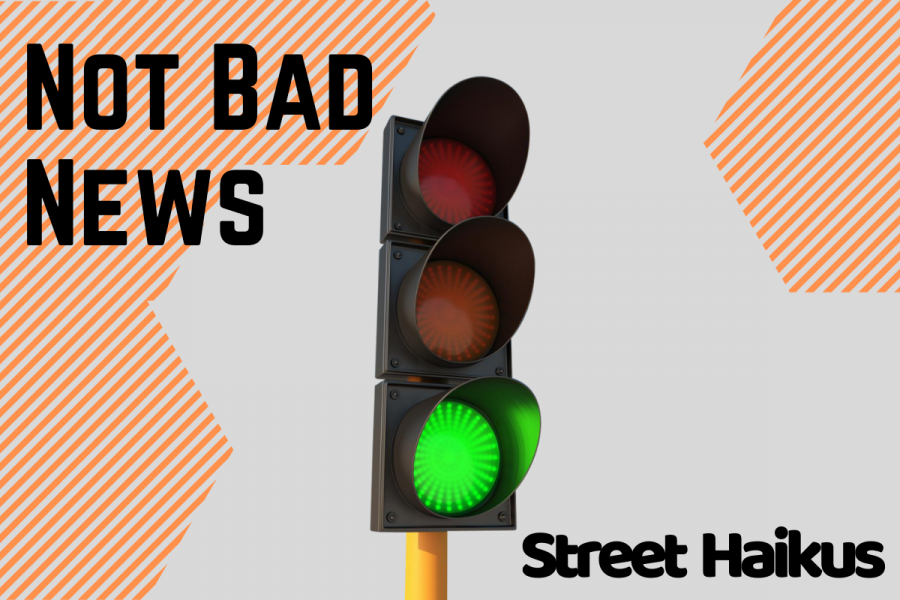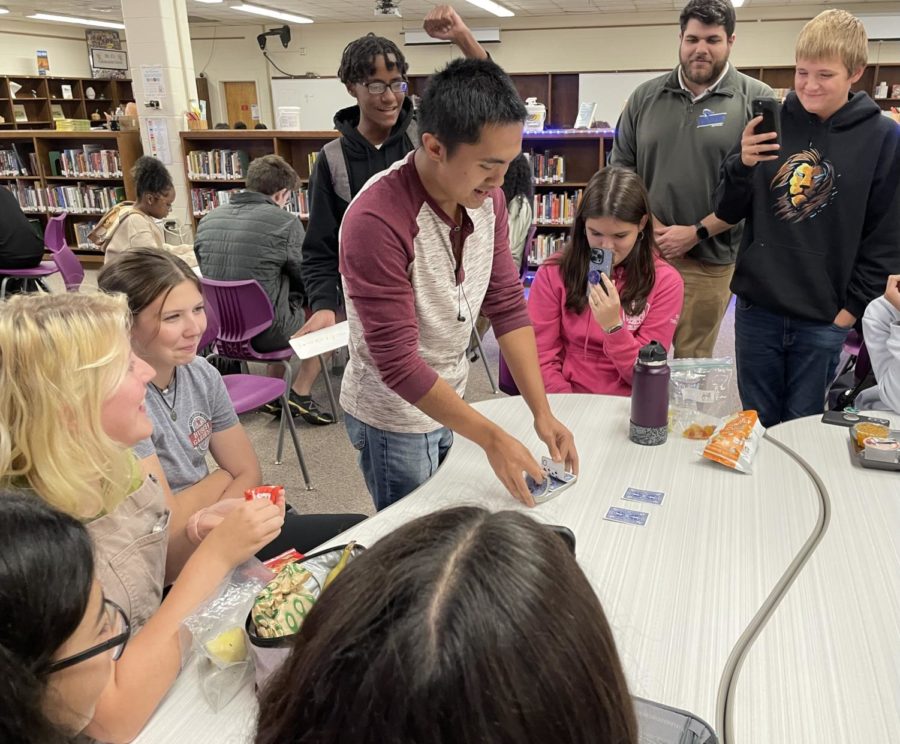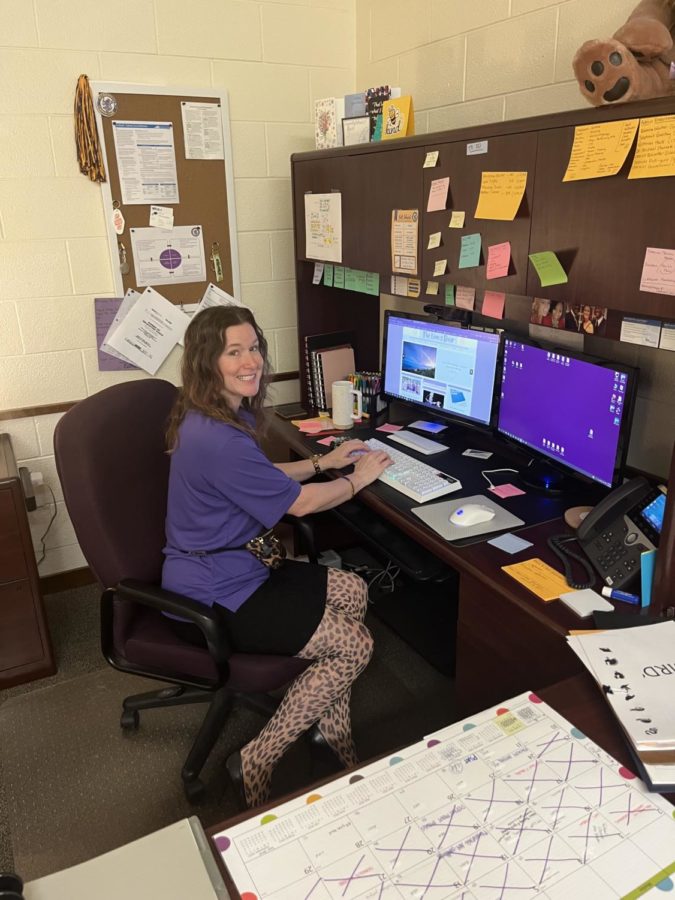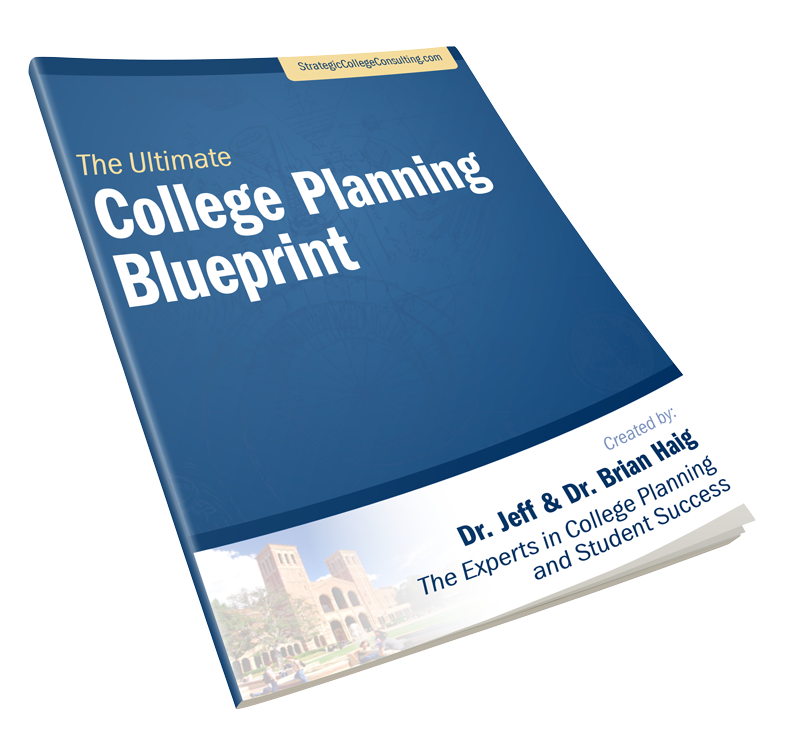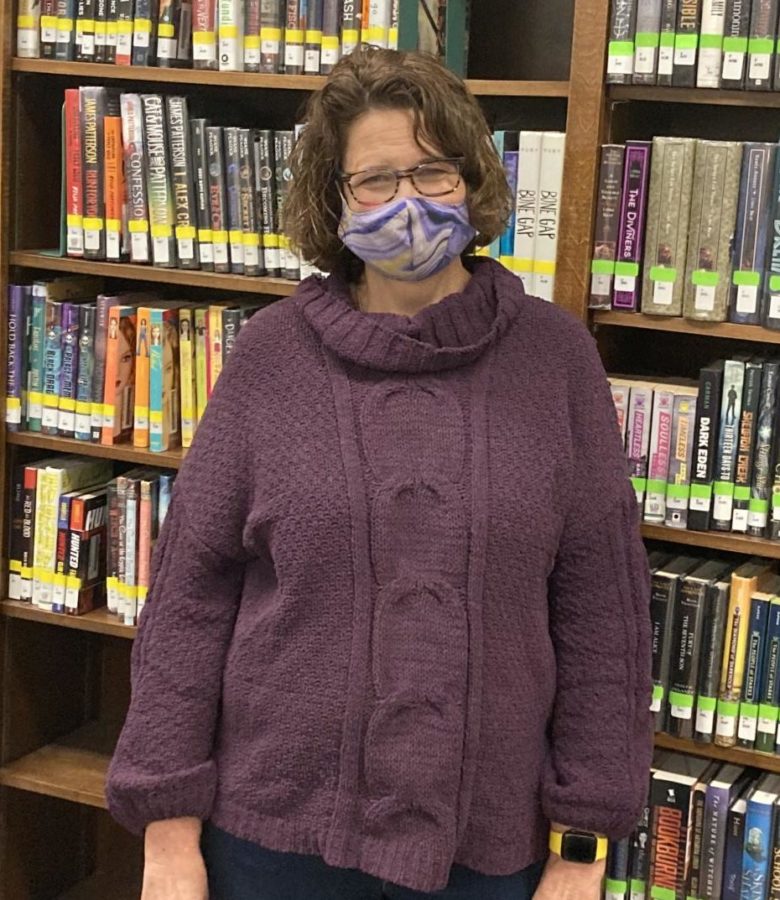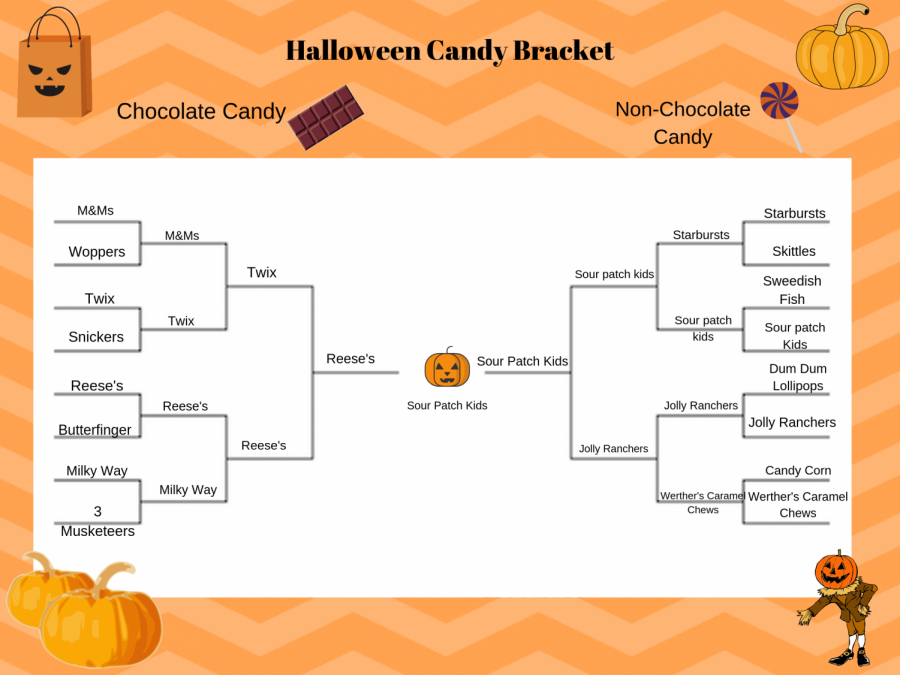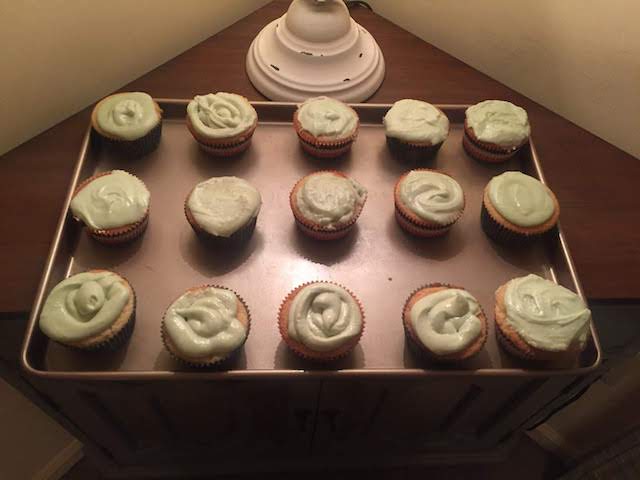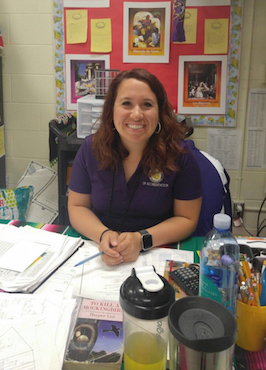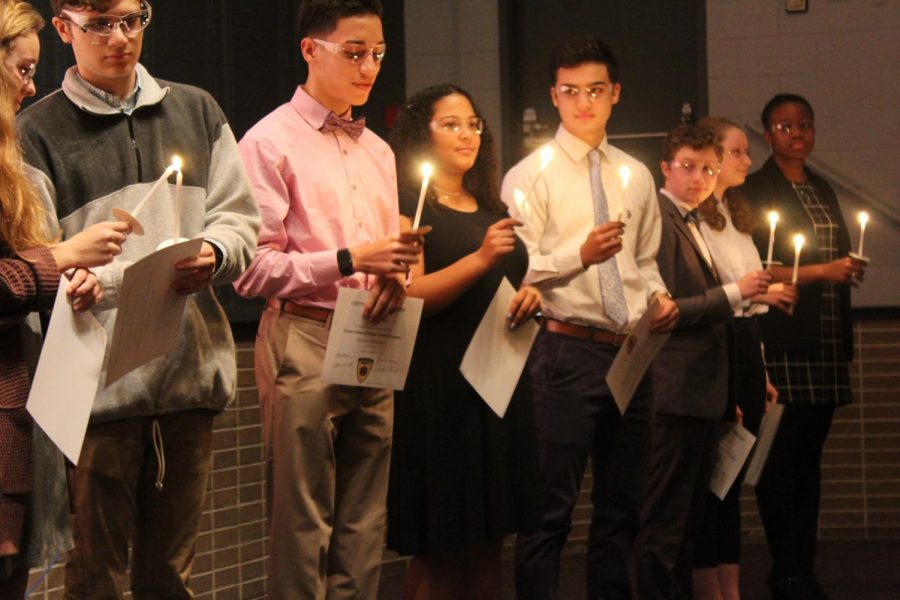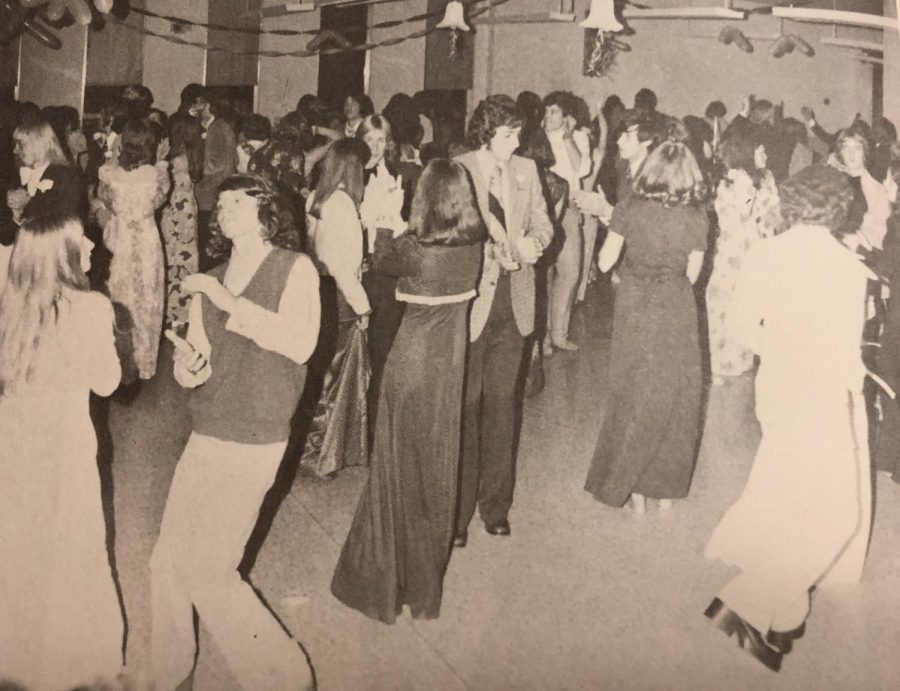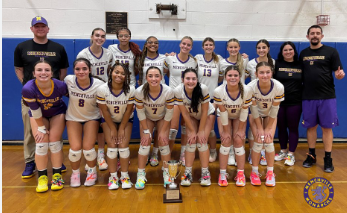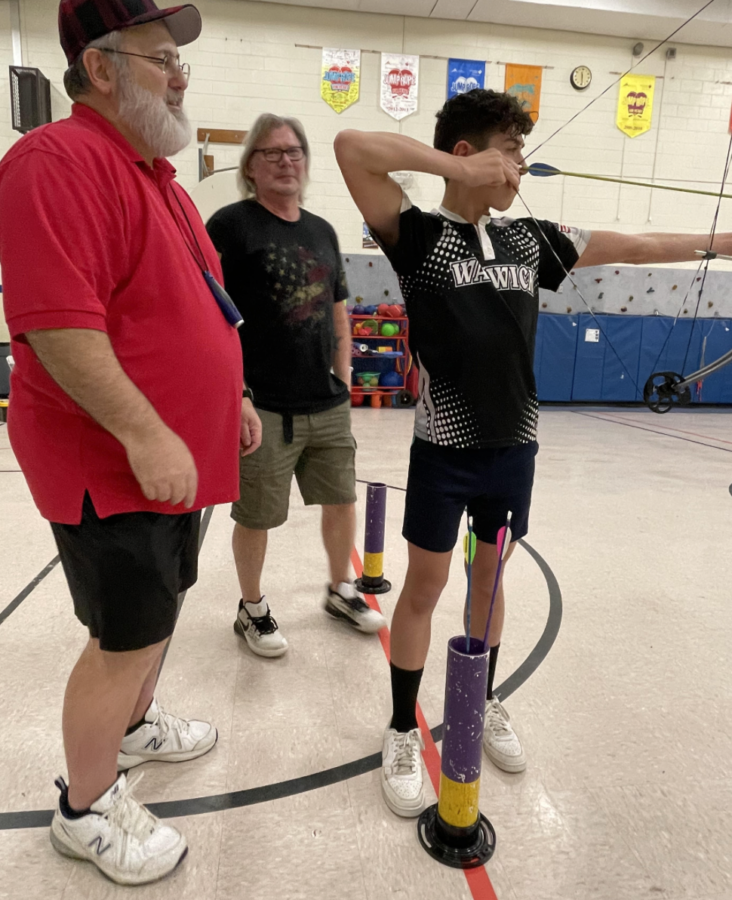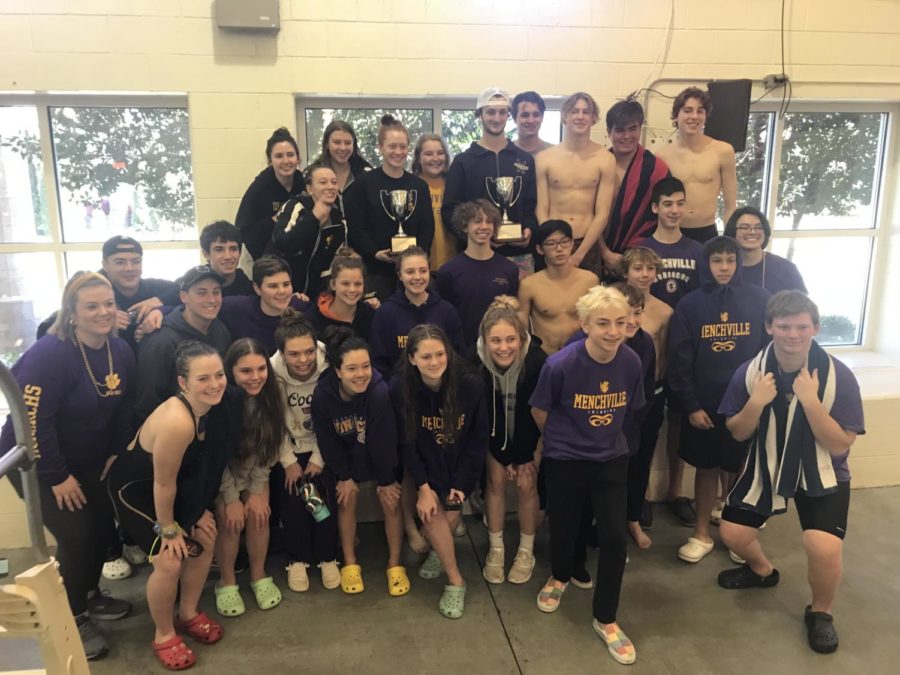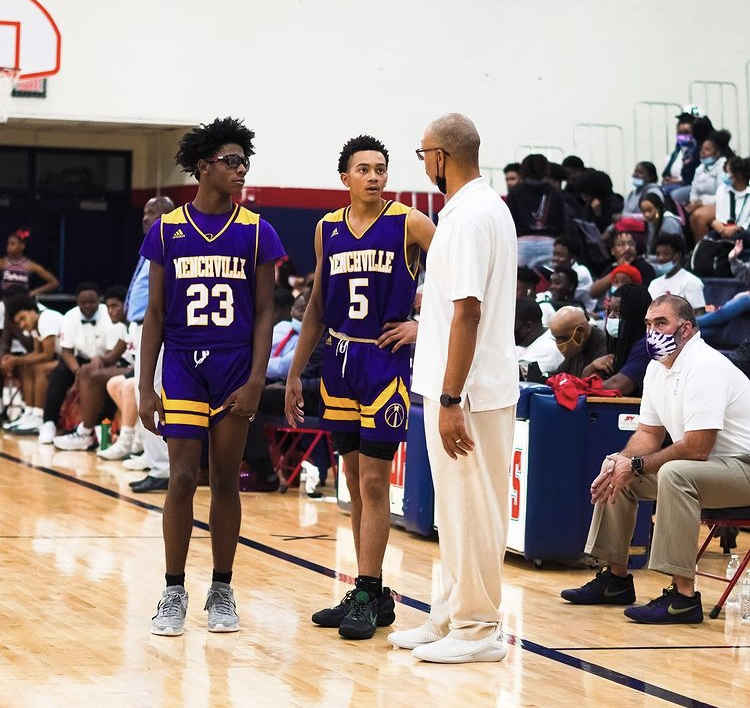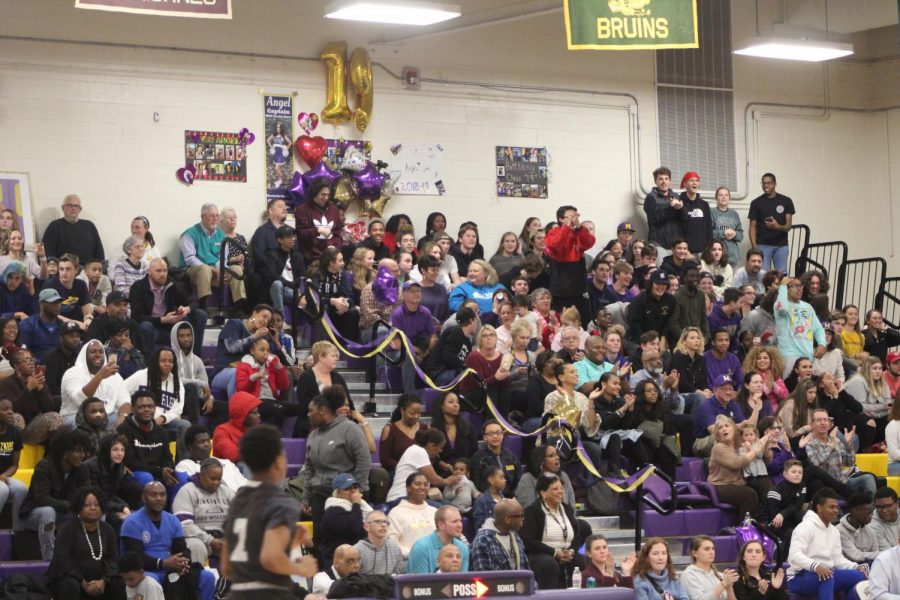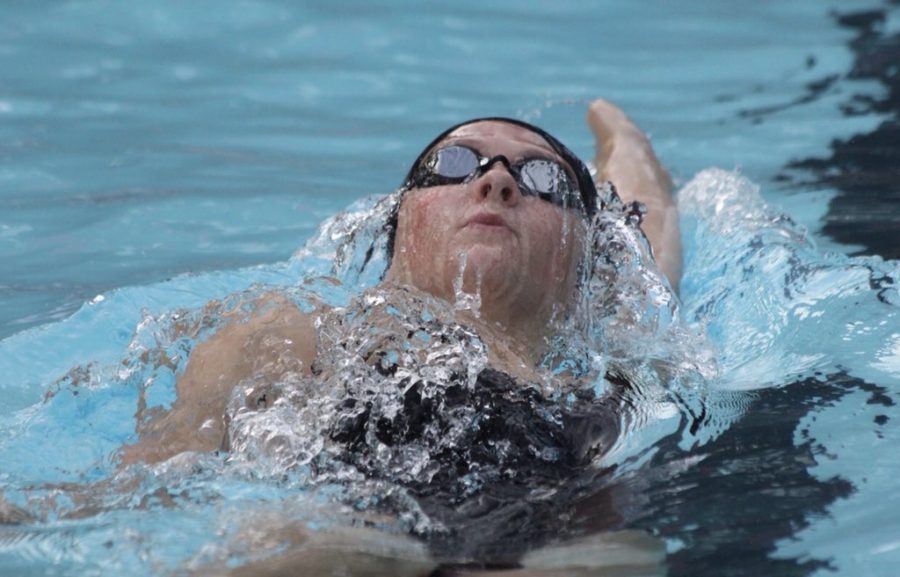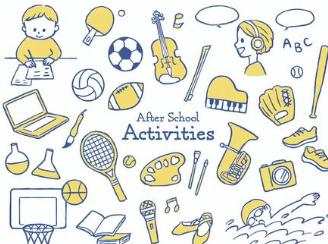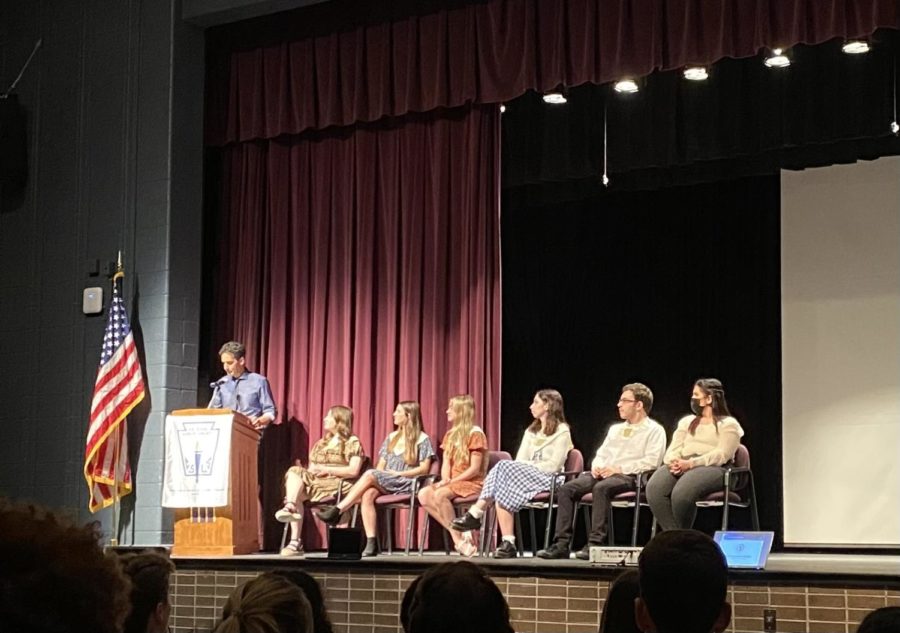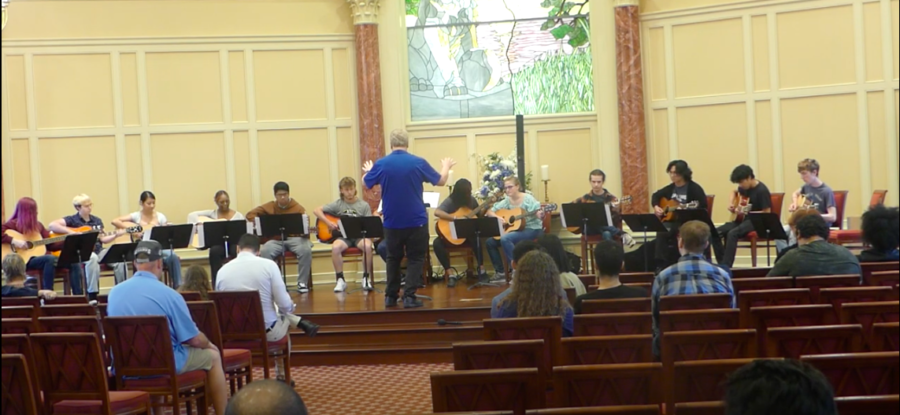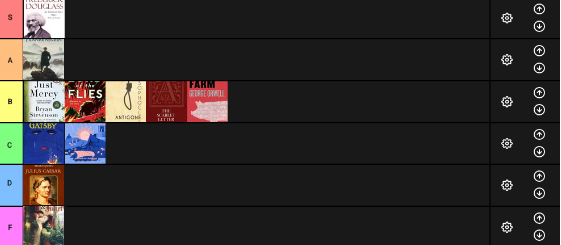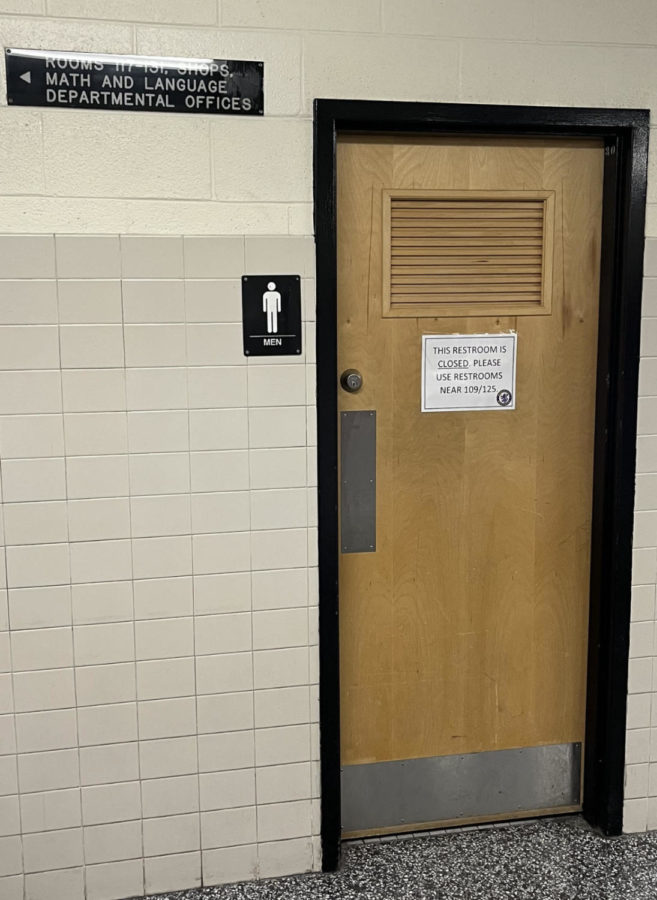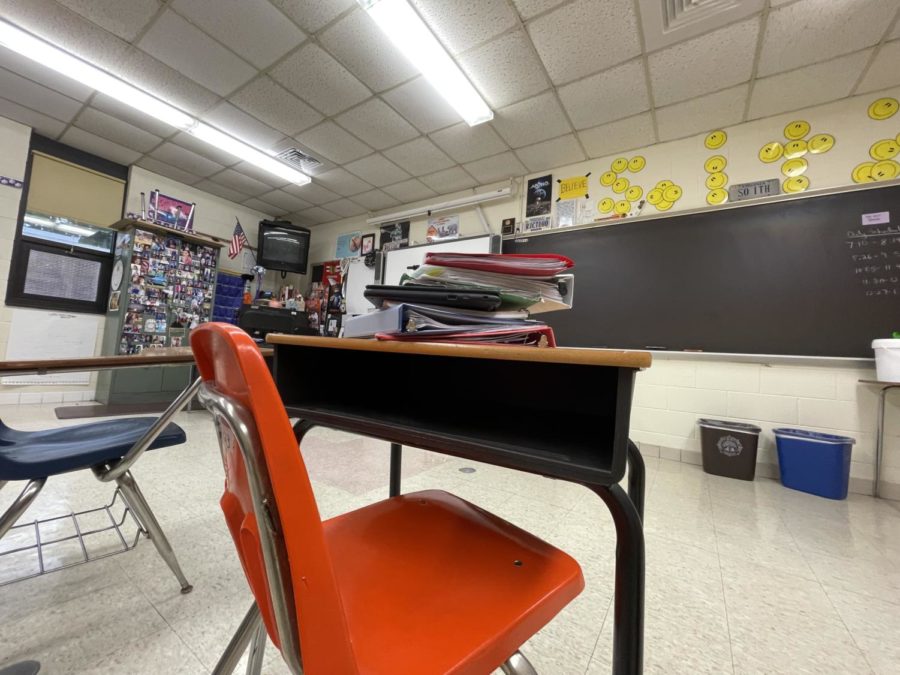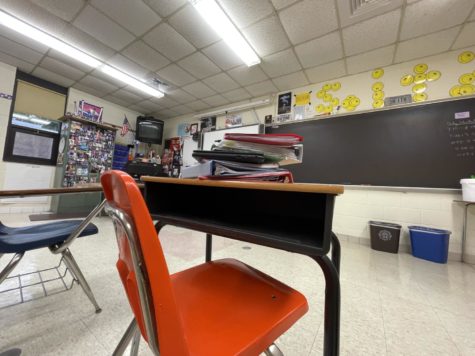From One Lockdown to Another- The Great Bathroom Closure of 2022
The 2022-2023 school year has brought about many changes to Menchville policy, with tamer changes such as locking entrances and radical ones like the 9-day absence policy. However, these pale in comparison to the most radical, disruptive, and frustrating change thus far: the locking of restrooms. On one hand, locking restrooms certainly does limit the amount of cleaning that must be done and also makes it significantly easier to keep track of those coming in and out of the restrooms. The problem is that locking these restrooms is not only disruptive to students but also questionably legal.
In 2021, the Virginia Department of Education (VDOE) released the Guidelines for School Facilities in Virginia’s Public Schools, a 78-page document carefully outlining regulations and requirements for various areas of interest in the construction, design, and management of everything, from as strict as science labs to as niche as acoustics. This document happens to include a brief segment on regulations regarding restrooms. In the section titled “toilet and plumbing fixtures” subsection C, the regulation states that, for each floor of the building, a restroom must be located within 200 feet of “the most remotely located instructional space.” The most remotely located instructional spaces at Menchville are the ones at the end of each hallway. With this in mind, there have been times that, starting from these locations, one could count more than 200 feet from the doorway of the instructional space to the doorway of the closest available restroom, meaning that there are no available restrooms within 200 feet of the most remotely located instructional space. The only way for this to happen is if 3 of the 4 available restrooms are locked, which is far more common than it should be. In fact, there have been times when I have had to simulate the Daytona 500 and run laps around the building looking for a single available restroom because all four happened to be locked. Ignoring the fact that this is wasting lots of class time, it’s incredibly frustrating to turn a corner and spin a roulette wheel to see if the restroom will actually be unlocked.
Unfortunately, finding a restroom isn’t exactly the end of the scavenger hunt, because some are missing yet another component outlined in the guidelines. Enter subsection H, which outlines “Finishes and Accessories,” with one being “a soap dispenser convenient to each lavatory.” While the document provides a helpful list of definitions of words or phrases which appear in the regulations, a “soap dispenser” is not one of them. A dispenser is a mechanism that provides the specified material at request. In this instance, a soap dispenser is a device that provides soap to the user when prompted by pushing the handle or swiping one’s hand beneath the sensor. If this dispenser does not dispense soap, it cannot be called a soap dispenser. In fact, if this dispenser does not dispense anything, it cannot even be called a dispenser. Instead of having soap dispensers, some restrooms have these not-soap not-dispensers. Because of this, I then have to go to another floor to find a restroom that does have soap.
Now if these restrooms are temporarily locked in order to clean, renovate, or temporarily patch something up, I would understand. However, the fact remains that half of the restrooms are simply unavailable with the other half at times occasionally being unavailable as well. Because of this, most restrooms are unsafe and unsanitary in addition to the wasted time required to find an available restroom.
On the bright side, following the winter break is a new year, with new chances for change as we turn the calendar, and hopefully, this new year will bring back what’s behind closed doors.







